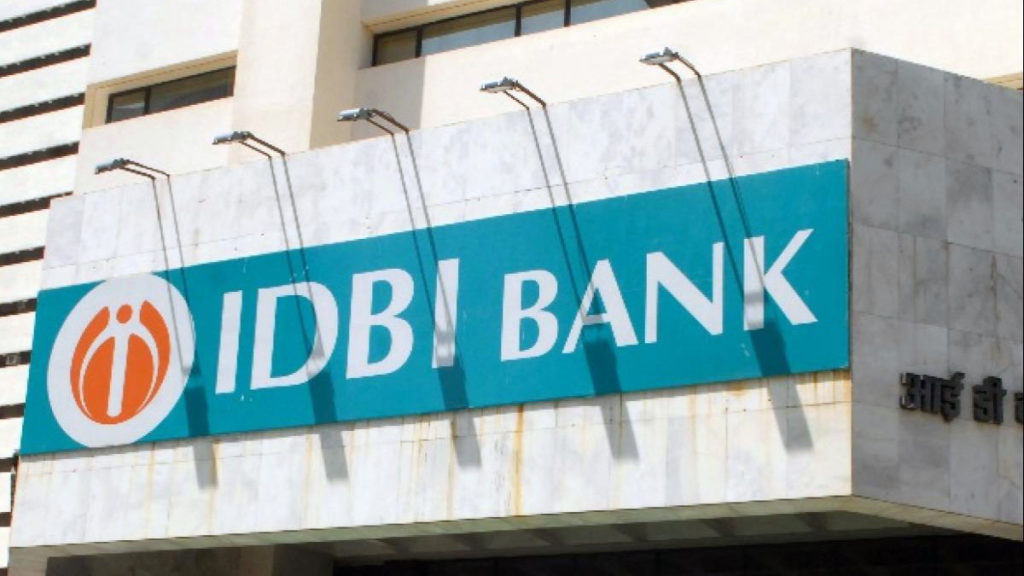The banking sector is set to witness significant reforms in the coming year with privatisation of public sector banks and strategic disinvestment of IDBI Bank on the agenda of the government for 2022.
All said, the emerging coronavirus situation, especially in the wake of the Omicron variant, might pose headwinds in the pace of reforms.
Going by the numbers, the banking sector has done reasonably well in 2021, notwithstanding the impact of the second wave of the pandemic.
Pursuant to the government’s 4Rs strategy of Recognition, Resolution, Recapitalisation and Reforms, Non-Performing Assets (NPAs) of the banking sector have declined to Rs 8,35,051 crore as on March 31, 2021.
As per the Financial Stability Report (FSR) released by Reserve Bank of India (RBI) in July 2021, macro-stress tests, on the basis of regression modelling, indicate that the Gross Non-Performing Asset (GNPA) ratio of Scheduled Commercial Banks, under the baseline scenario, may increase from 7.48 per cent in March 2021 to 9.80 per cent by March 2022.
The net profit of Public Sector Banks (PSBs) surged to Rs 14,012 crore in the first quarter and further rose to Rs 17,132 crore in the second quarter ended September 2021. The combined profit (Rs 31,114 crore) of the first half of the current fiscal is close to the total profit earned (Rs 31,820 crore) in the entire previous financial year (2020-21).
Similarly, private sector banks including HDFC Bank, ICICI Bank and Kotak Mahindra Bank also posted healthy profit with reduction in bad loans.
Improved financial health coupled with new Public Sector Enterprise (PSE) policy have prepared a strong ground for the privatisation of public sector banks, a long pending financial sector reform.
Many government functionaries have compared the new PSE policy akin to the landmark reforms carried out since 1991.
Unveiling the PSE policy in Budget 2021-22, Finance Minister Nirmala Sitharaman had said that barring four strategic areas, PSEs in other sectors will be divested.
The four sectors are atomic energy, space and defence; transport and telecommunications; power, petroleum, coal and other minerals; and banking, insurance and financial services in non-strategic sectors.
In line with the PSE policy, the Finance Minister had in the Budget also announced the privatisation of two PSBs as part of disinvestment drive to garner Rs 1.75 lakh crore.
The Banking Laws (Amendment) Bill, which may be introduced in the upcoming Budget session, is expected to help bring down the minimum government holding in the PSBs from 51 per cent to 26 per cent.
Government think-tank NITI Aayog has already suggested two banks and one insurance company to Core Group of Secretaries on Disinvestment for privatisation. According to sources, Central Bank of India and Indian Overseas Bank are likely candidates for the privatisation.
Recently, in a reply to Parliament, Sitharaman had said the Cabinet has not taken any decision on privatisation of two PSBs.
As far as the strategic sale of IDBI Bank is concerned, the government is gearing up to soon invite Expression of Interest from the interested entities to acquire the LIC-controlled lender.
In May, the Cabinet had given in-principle approval to IDBI Bank’s strategic disinvestment along with transfer of management control.
The central government and LIC together own more than 94 per cent equity of IDBI Bank. At present, LIC has the management control with a 49.24 per cent stake while the government holds 45.48 per cent. Non-promoter shareholding stands at around 5.29 per cent.
When it comes to the financial health of the banking sector, the majority with the public sector has been a turnaround story with lenders generating record profit.
As a result, PSBs raised capital funds to the tune of Rs 58,697 crore last fiscal, the highest amount mobilised in a fiscal.
At the behest of RBI, the private sector lenders too raised funds to insulate itself from future uncertainities.
Capital Adequacy Ratio (CAR) of PSBs increased to 14.3 per cent at the end of June 2021 while the provision coverage ratio of public sector banks rose to an 8-year high of 84 per cent.
Despite the widespread impact of the pandemic on the economy, the recovery during the financial year was robust over 10 per cent.
At the same time, profitability of public sector banks has improved on a consolidated basis after amalgamation.
The profitability of State Bank of India into which five associate banks of SBI and Bhartiya Mahila Bank were merged with effect from April 1, 2017, improved from a loss of Rs 1,378.35 crore in financial year 2016-17 to a profit of Rs 20,410.47 crore in 2020-21.
Likewise, Bank of Baroda, into which Vijaya Bank and Dena Bank were amalgamated from April 1, 2019, showed improvement from a loss of Rs 8,339.27 crore in 2018-19 to a profit of Rs 828.96 crore in 2020-21.
In the case of Punjab National Bank, into which Oriental Bank of Commerce and United Bank of India were amalgamated from April 2020, the performance improved from a loss of Rs 8,310.93 crore in 2019-20 to a profit of Rs 2,021.62 crore in 2020-21.
To support industry and business hit by COVID, the banking sector in alliance with the government played a vital role during the year.
For example, under Emergency Credit Line Guarantee Scheme (ECLGS) which was backed by 100 per cent guarantee of the Central Government, banks and Non-Banking Financial Companies (NBFCs) have sanctioned loans amounting to Rs 2.97 lakh crore as on November 26, 2021.
As far as resolutions are concerned, PSBs, as on November 26, has restructured 9.8 lakh MSME accounts amounting to Rs 58,524 crore, and 8.5 lakh loan accounts of individual borrowers amounting to Rs 60,662 crore have been recast so far.
Under the PM Street Vendor’s AtmaNirbharNidhi (PM SVANidhi) scheme, 30.23 lakh street vendors got credit access amounting to Rs 3,054 crore till November 30.
Further, the government has launched a nationwide Credit Outreach Programme on October 16, 2021, under which banks have been holding special camps across the country to make loans available to eligible borrowers.


















